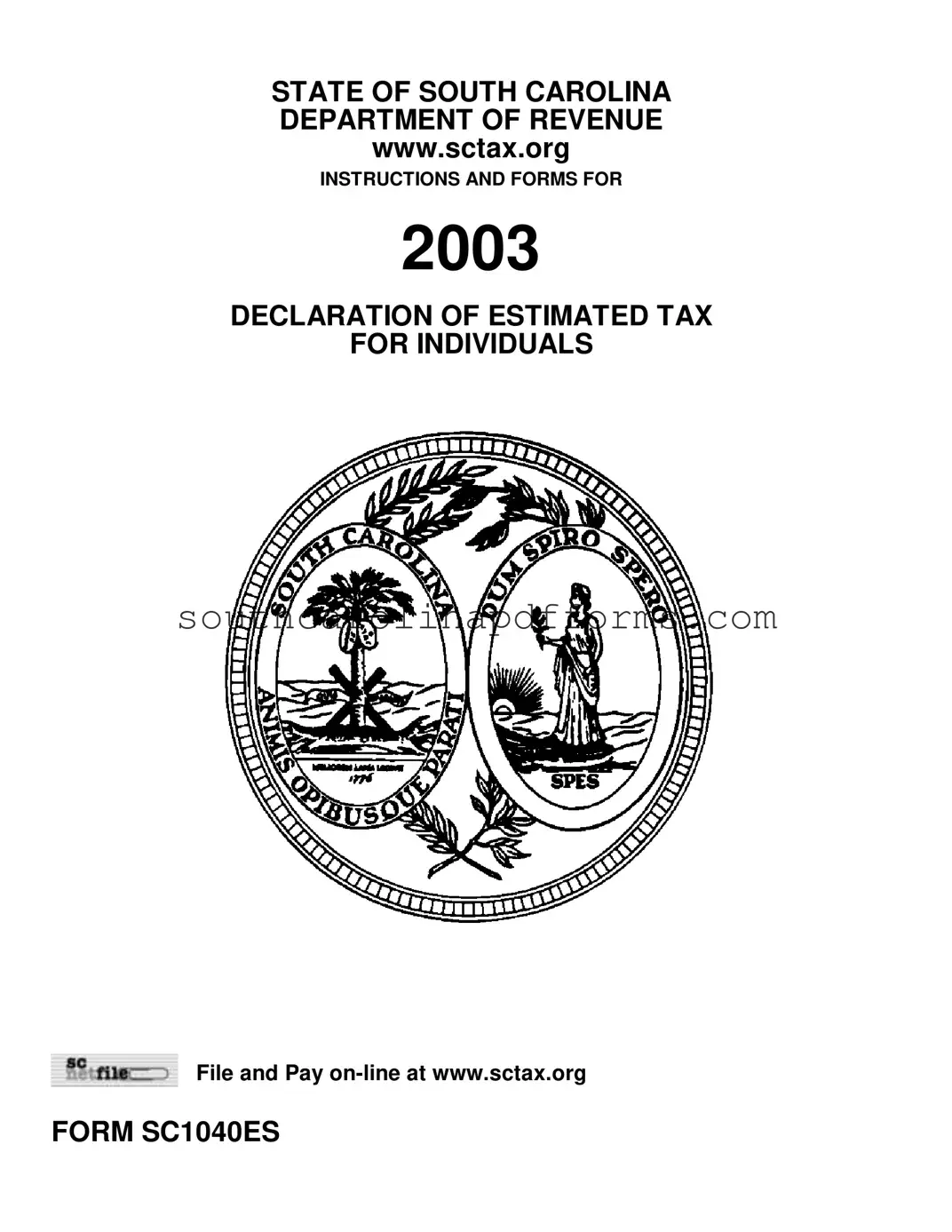The South Carolina 1040ES form is an essential tool for individual taxpayers who need to manage their estimated tax payments throughout the year. This form is specifically designed for those who expect to owe $1,000 or more in state income tax when they file their annual return. Taxpayers must submit their estimated tax declarations on specific due dates: April 15, June 16, September 15, and January 15 of the following year. However, there are exceptions based on income received during the taxable year. The form includes payment vouchers that must be attached to payments to ensure proper crediting. Farmers and commercial fishermen have unique provisions that allow them to make a single payment instead of quarterly installments under certain conditions. Additionally, individuals who had no tax liability in the previous year may be exempt from filing. It’s crucial for taxpayers to be aware of the penalties for underpayment and the process for amending their declarations if their financial situation changes. The 1040ES form also allows for joint declarations for married couples, though there are specific rules to follow to avoid complications. Understanding these aspects of the South Carolina 1040ES form can help taxpayers fulfill their obligations and avoid unnecessary penalties.
